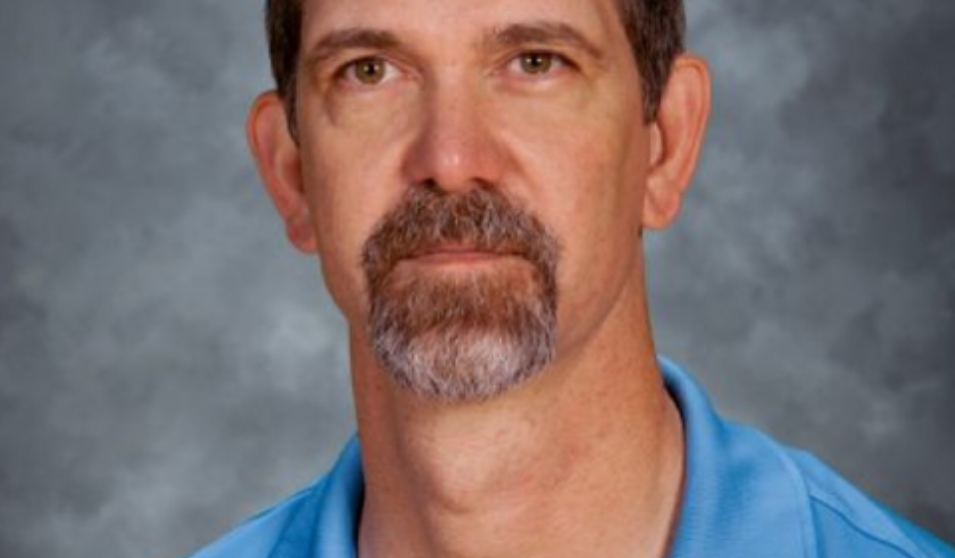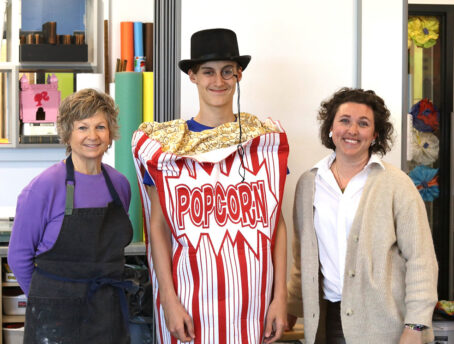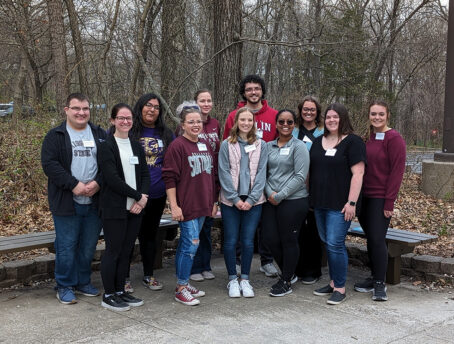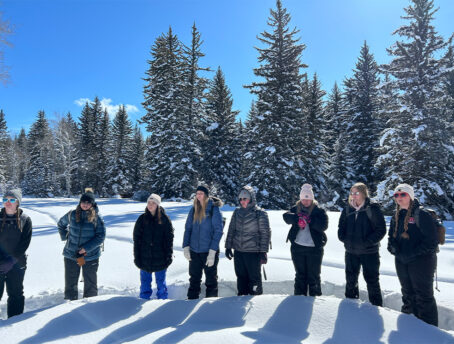Jeff “Slim” Schneider refers to himself as a “Digital Desperado,” but we think he is also a rural education pioneer. Imagine the intersection between nineteenth century circuit rider and twenty-first century technology, and you begin to get the picture.
We recently featured a Clinton Global Initiative film that highlighted Jeff’s work, so we decided to interview him and get his perspectives on place, teaching, and the groundbreaking South Dakota Innovation Lab (SDIL). Thanks to Jeff for taking the time to answer our questions.
Where is your hometown?
My first 13 years were spent in Elkton, SD. It was, and is, a quiet town of 700 great people. It was a Norman Rockwell type of town, a “be home when the street lights come on” kind of town.
I graduated from Scotland (SD) High School in 1984. Scotland is another “Norman Rockwell” kind of town. Ball games bring out nearly the entire population, and the gym was full to the rafters for every basketball game. I probably didn’t appreciate it at the time, but I sure look back fondly on both of those two towns and the people who had a hand in making me who I am today!
What motivated you to become a teacher?
I’m a 5th generation educator on my mother’s side, and my Father was the High School Principal while I was in grade school and he was my Superintendent while I was in High School. I grew up with teachers around our kitchen table playing cards and discussing education.
I was always put in charge of helping my peers since 1st grade reading groups. I tried other trades without success, and returned to college with a wife and two little boys. When I started down the path toward an Education degree, I finally found my calling. I graduated from South Dakota State University, 20 miles from where I went to Kindergarten. I feel that education is where I am meant to be!
Describe your current teaching role.
In 2014-15 I delivered Physical Science and Biology to three schools synchronously. I was live in one room and virtual in the others. The live delivery site rotated among the schools. Assignments are delivered and collected via the Internet.
What are the communities where you teach?
In 2014-15 I taught Biology/English along with my wife, Mary, in Armour, where I have taught since fall 2001. I also taught in Wessington Springs and Lower Brule. This is the second year for the Wessington Springs collaboration, and Lower Brule is a Tribal School 123 miles from my home.
For the upcoming school year I will be teaching Biology/English in Armour (with my wife Mary), and Physical Science (9th grade), Chemistry, & Physics (both 11th & 12th mixed grades) in Burke, South Dakota, which is 68 miles from my home.
Will the school partnerships continue to evolve?
In 2016-17 SDIL will offer all four core classes combined into a single two hour Transdisciplinary Problem Based course for 9th grade and another for 10th grade. Students will receive four credits in two hours with three teachers running the class.
How did you get involved with the South Dakota Innovation Lab effort?
SDIL came into existence due to collaboration between the PAST Foundation (Columbus, OH), Sanford Research (Sioux Falls, SD), and Mid-Central Educational Coop’s (Platte, SD) Director, Dan Guericke. Dan has been working on some form of teacher sharing and improving rural education for many years. The combination of these entities and their respective personnel came together to form the South Dakota Innovation Lab.
SDIL’s goal is to provide access to experts and innovative professional development to change the way rural students receive education and to prepare students for 21st century opportunities. I was in the first group of teachers exposed to Transdisciplinary Problem Based Learning at a workshop put on by the PAST Foundation and Dr. Annalies Corbin and Dr. Sheli Smith. When the time came for SDIL to hire teachers for a hybrid teaching course, I was willing and Science teachers were in demand. I gave up my comfortable position of 12 years to join the fledgling non-profit and try to do something about the teacher shortage and to help improve the quality of education available to our rural SD students.
You mentioned that you do some co-teaching with your wife, Mary.
Mary and I have co-taught a Transdisciplinary Problem Based Biology/English course since the fall of 2011. This course hits all of the Life Science and English II standards simultaneously. This year SDIL hired my wife, Mary Schneider. She can teach both English and Social Sciences. We are both currently enrolled in a first-of-it's-kind Masters of Science in STEM Education program at Dakota Wesleyan University in Mitchell, SD. This program was the brainchild of the PAST Foundation. It would be impossible for me to overstate the significance of the PAST Foundation and Mid-Central COOP in the changes happening in the education field in South Dakota.
The third teacher available to SDIL is Heather Kellert. Heather is a PhD candidate from Ohio State University and employed by PAST.
Can you give an example of the “hands on” approach to learning that utilizes technology?
For example, the Monday following the New England Patriots controversy (the infamous deflated ball accusation), the 9th grade Physical Science classes tested how ‘bouncy’ (or not) a deflated ball was. They downloaded a slow motion app for their phones to get a more accurate measure of the height of the bounce.

The tube (see picture above) is intended to approximate a receiver's hands making a triangle for the nose of the ball to enter as receivers are taught to do.
Why do you think this innovative effort is important to the future of rural education?
South Dakota is experiencing a teacher shortage that is expected to intensify as we have many more teachers eligible for retirement than we have students in teacher prep programs. This approach would allow three teachers to educate two grades, in the four core classes, in three to five schools (depending on the number of students in each school). That could go a long way towards filling the gaps that retirement has left, and will leave in the next few years.

Pictured above: Wessington Springs High School freshmen using an online resource to build electrical circuits that accomplish different tasks.
Please check out the following links to learn more about the teacher shortage in South Dakota:
http://kelo.com/news/articles/2015/apr/10/teacher-shortage-shows-troubling-numbers/
http://www.doe.sd.gov/oatq/shortageareas.aspx
http://ktwb.com/news/articles/2015/apr/10/teacher-shortage-shows-troubling-numbers/




